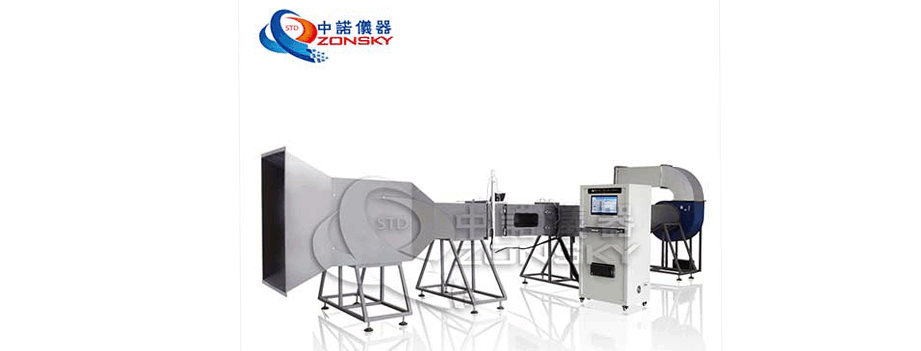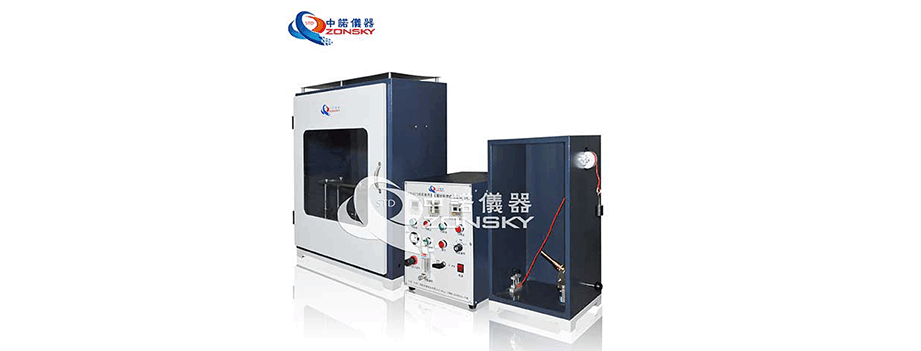Aviation material testing is a critical aspect of ensuring the integrity, safety, and reliability of materials used in the aviation industry. With the stringent regulations and high standards in place, specialized equipment is required to perform various tests on aviation materials. By employing these testing methods and equipment, aviation professionals can make informed decisions regarding material selection, identification of flaws or defects, and adherence to strict industry standards. This rigorous testing process is crucial in maintaining the high level of safety and quality required in the aviation industry. In this essay, we will explore some of the key equipment used for aviation material testing and their significance in maintaining aircraft safety.

1. Universal Testing Machine (UTM): A Universal Testing Machine, also known as a tensile testing machine, is one of the fundamental pieces of equipment used in aviation material testing. It measures the mechanical properties of materials, such as strength, elasticity, and ductility. The UTM applies controlled tensile, compressive, or bending forces to the material sample, providing valuable data on its load-bearing capabilities and behavior under stress. This helps determine if the material meets the required specifications and performance standards for aviation applications.
2. Impact Testing Machine: Impact testing machines are essential for evaluating the impact resistance and toughness of aviation materials. These machines subject the material to a sudden impact or shock load, simulating real-world scenarios, such as bird strikes, landing impacts, or other unforeseen events. The impact resistance properties are crucial in ensuring the material's ability to withstand sudden forces without catastrophic failure. The test results aid in determining the suitability and safety of materials for aviation use.
3. Hardness Tester: Hardness testers are used to measure the hardness of aviation materials, which is a critical factor in assessing their durability and resistance to wear. There are various types of hardness tests, such as Rockwell, Brinell, and Vickers tests. These tests determine the material's resistance to indentation or scratching, providing useful information for selecting materials with the appropriate hardness levels for specific aviation applications.
4. Microscopes and Imaging Systems: Microscopes and imaging systems are integral for inspecting material microstructures, surface conditions, and material defects. Scanning electron microscopes (SEM) and optical microscopes enable detailed examination of material samples to identify microscopic flaws, evaluate grain structures, and analyze fracture surfaces. These tools play a vital role in identifying potential weaknesses or defects in materials, helping to prevent material failures that could compromise aircraft safety.

5. Non-Destructive Testing (NDT) Equipment: NDT methods are crucial for inspecting aviation materials without causing damage. Various NDT techniques, such as ultrasonic testing, radiography, eddy current testing, and magnetic particle inspection, are employed to detect flaws or irregularities in materials. Ultrasonic testing uses high-frequency sound waves to detect internal defects, while radiography utilizes X-rays or gamma rays to identify cracks or defects not visible to the naked eye. These NDT techniques enable rigorous assessment of aviation materials, ensuring their structural integrity and minimizing the risk of failure.
6. Corrosion Testing Equipment: Corrosion is a significant concern in the aviation industry due to the exposure of aircraft materials to harsh environmental conditions, including moisture, salt, and chemicals. Corrosion Testing Equipment helps evaluate the resistance of materials to corrosion and aids in designing and selecting appropriate treatments and coatings to prevent corrosion damage. Techniques such as salt spray testing, electrochemical testing, and humidity chambers are utilized to simulate corrosive environments and assess material performance.
In conclusion, aviation material testing requires a range of specialized equipment to ensure the safety and reliability of materials used in aircraft construction. Universal testing machines, impact testing machines, hardness testers, microscopes and imaging systems, non-destructive testing equipment, and corrosion testing equipment are essential tools in the evaluation and characterization of aviation materials.
 WhatsApp:
WhatsApp: Mobile Phone:
Mobile Phone: Contact Now
Contact Now